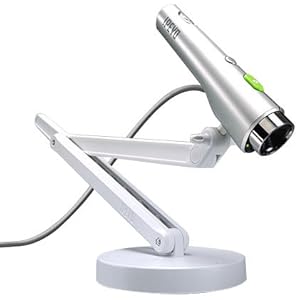Crosswalk (blend of Common Core and 21st century skills- from AASL)
- Matches CC w/ AASL benchmarks
- Diff. language but similar set of skills
- With the implementation of Common Core, advanced literacy instruction will go beyond simply providing resources and being a search specialist or helping kids distinguish between informational and opinion texts, says Meghann Walk, the library director of New York City’s Bard High School Early College. Instead, educators will be required to focus on helping young readers actively engage with informational texts—the sort of stuff that students will encounter in college and in their future careers.
- Not enough to find a dusty copy of a Lincoln biography
Non-fiction shift
- Kids shouldn’t have to get all their information from a single snippet of text—they need “access to multiple perspectives”
- May have to do some ‘spring cleaning’
- Media specialists need to hunt for databases and other online resources to supplement their collections
- “Show the administration why those resources are needed,” says Aronson, “and finally, keep track of their usage to show just how well the money was spent.”
- Google Analytics to track traffic (how to add to Google Site)
- Blogger tracking tool
- Weebly Stats
Helpful points from article
- Take the lead and share your skills/ expertise.
- Toot your horn, make yourself known
What if funds are not available?
- Teachers could use help selecting content-area, leveled texts
- Provide content area, web-based texts that teachers and students can access
- School webpage or other online tool of your choice
- Use Twurdy (sorts searches by reading level) and Sweet Search to find up-to-date, relevant, and credible sources
- Teach teachers and students to do this

 Introduction to Universal Read Plus
Introduction to Universal Read Plus
 Text readers are often thought of as ‘accommodations’ for readers who have already fallen behind their classmates, however, printed text is a curriculum barrier for many students of all ages. Think about the benefit of audio support for a struggling student, an ELL student, an auditory learner, or a young student.
Text readers are often thought of as ‘accommodations’ for readers who have already fallen behind their classmates, however, printed text is a curriculum barrier for many students of all ages. Think about the benefit of audio support for a struggling student, an ELL student, an auditory learner, or a young student. Many of us use Adobe Reader to read Portable Documant Format (PDF) files, but did you know that Adobe Reader can actually read PDFs to you? Not only that, but you can also enable PDF documents to allow text input. These features, including many others, make Adobe Reader an excellent tool to use with students.
Many of us use Adobe Reader to read Portable Documant Format (PDF) files, but did you know that Adobe Reader can actually read PDFs to you? Not only that, but you can also enable PDF documents to allow text input. These features, including many others, make Adobe Reader an excellent tool to use with students.